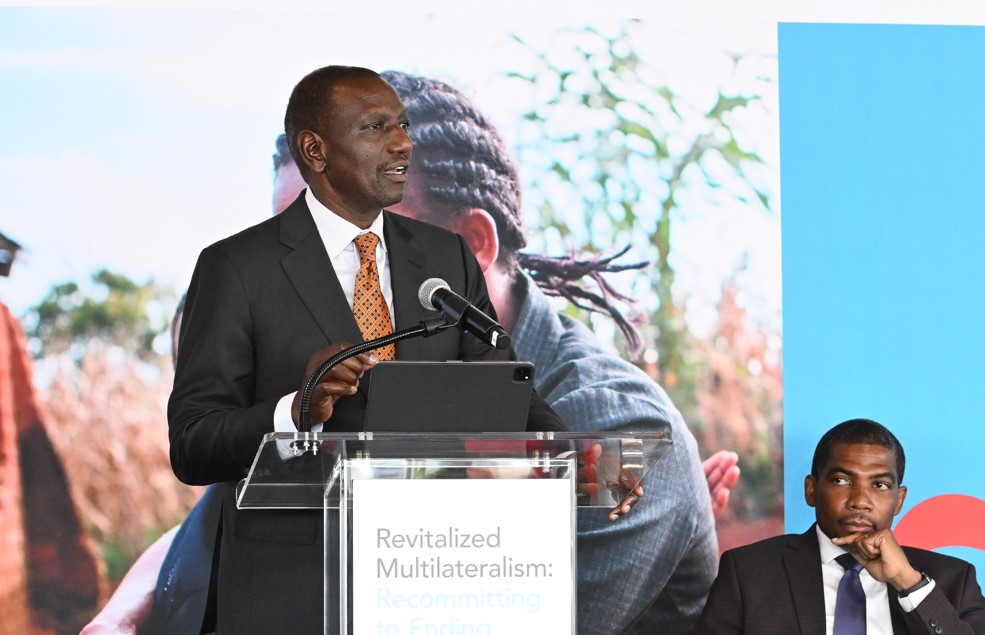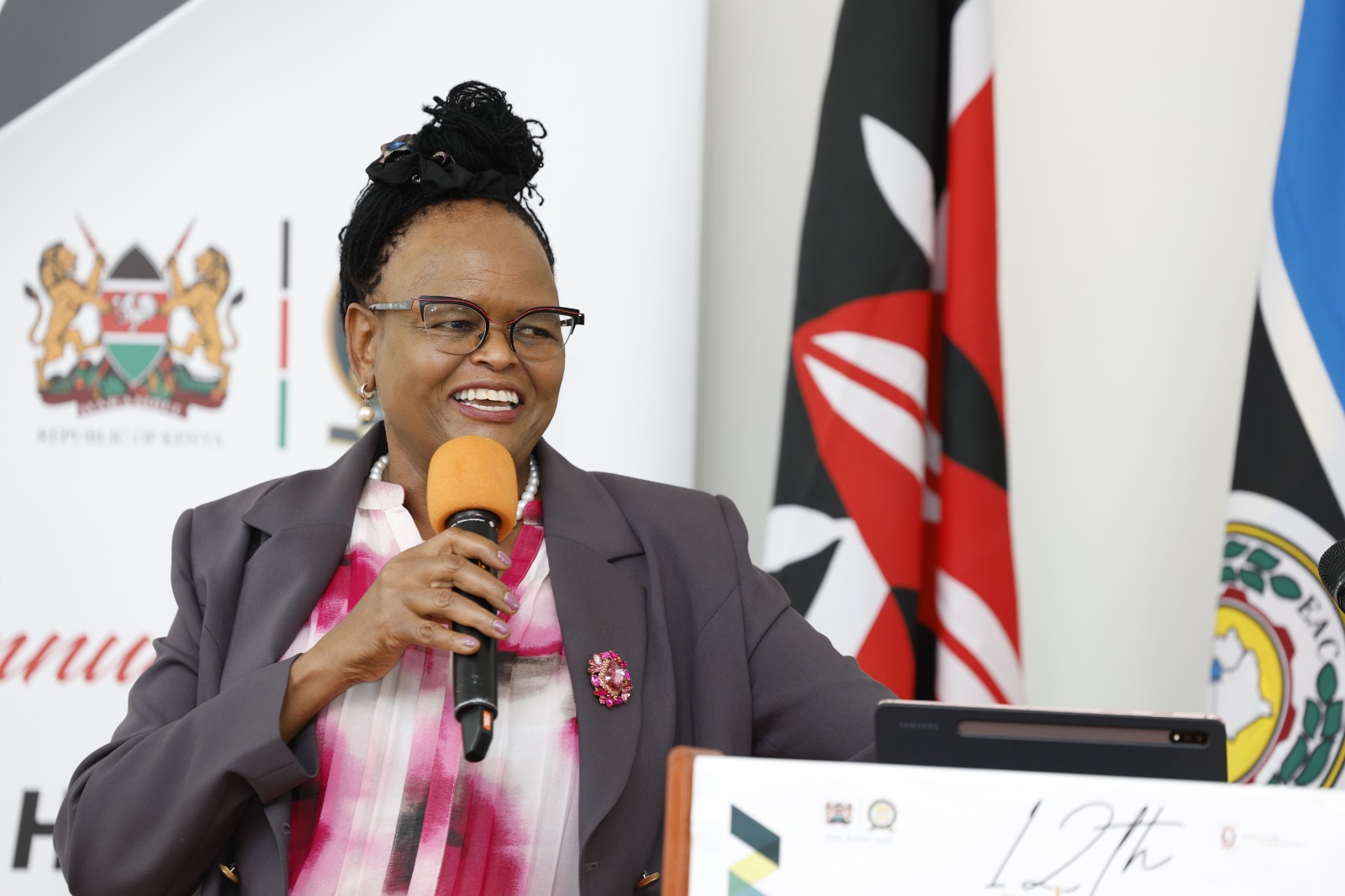Kenya's debt crisis threatens HIV/AIDS funding - Report

The report highlights that Kenya, like many others in the region, is struggling with unsustainable debt levels, which hinder its ability to finance health and HIV programmes effectively.
Kenya's escalating debt crisis is adversely affecting funding for HIV services, according to a new report from the Joint United Nations Programme on HIV/AIDS.
Released on Monday in New York, the report, titled Domestic Revenues, Debt Relief and Development Aid: Transformative Pathways for Ending AIDS by 2023, examines the situation in several countries across Eastern and Southern Africa.
More To Read
- FDA approves groundbreaking twice-yearly HIV prevention shot
- MoH flags surge in youth HIV infections, calls for stronger prevention strategies
- Wajir launches campaign against HIV, teen pregnancies, GBV as new infections emerge in ASAL counties
- Turkana celebrates major milestone in fight against mother-to-child HIV transmission
- Kenya’s HIV crisis: The fear of running out of medication
- Revolutionising TB Diagnosis: High-tech machine delivers results in three hours
The report highlights that Kenya, like many others in the region, is struggling with unsustainable debt levels, which hinder its ability to finance health and HIV programmes effectively.
It estimates that these countries need significant funding for HIV, amounting to $10.5 million (Sh1.3 billion) in 2024 and projected to reach $15.841 million (Sh1.02 billion) in 2023. Furthermore, the report indicates that Kenya will require up to Sh130 billion for its HIV response efforts by 2030.
As debt servicing demands increase, it is expected to outpace tax revenue growth from 2024 to 2027, remaining above eight per cent of GDP until 2030.
President Ruto: Kenya has historically relied on bilateral and multilateral trade to fund the HIV budget. With declining external funding, it is imperative to develop robust mechanisms to make our HIV response more predictable and effective. pic.twitter.com/BxN5cN05Jw
— The Eastleigh Voice (@Eastleighvoice) September 25, 2024
This trend poses a serious challenge to achieving the goal set during the June 2020 Paris meeting, which aimed to end AIDS as a public health threat by 2030.
"Meeting these targets will require mobilising resources from multiple sources at an unprecedented pace and a more efficient allocation of resources to reach and meet the needs of vulnerable populations," the report states.
Kenya is currently ranked high in debt risk, with domestic debt servicing accounting for 70.4 per cent and external debt at 29.6 per cent.
The situation is further complicated by stagnant tax revenue projections. On average, revenues are expected to increase only slightly, from about 15.9 per cent of GDP in the region to around 16.8 per cent by 2030.
"This means that by 2030, the region will still lag significantly behind other world regions which have already achieved higher revenue ratios, including Asia–Pacific (20 per cent of GDP) and Latin America and the Caribbean (21.7 per cent)," the report highlights.
The findings also indicate that Kenya, along with Eswatini, Lesotho, Malawi, Mozambique, Namibia, Rwanda, Tanzania, and Zambia, will experience debt service to GDP ratios exceeding 5 per cent by 2030.
Top Stories Today











































